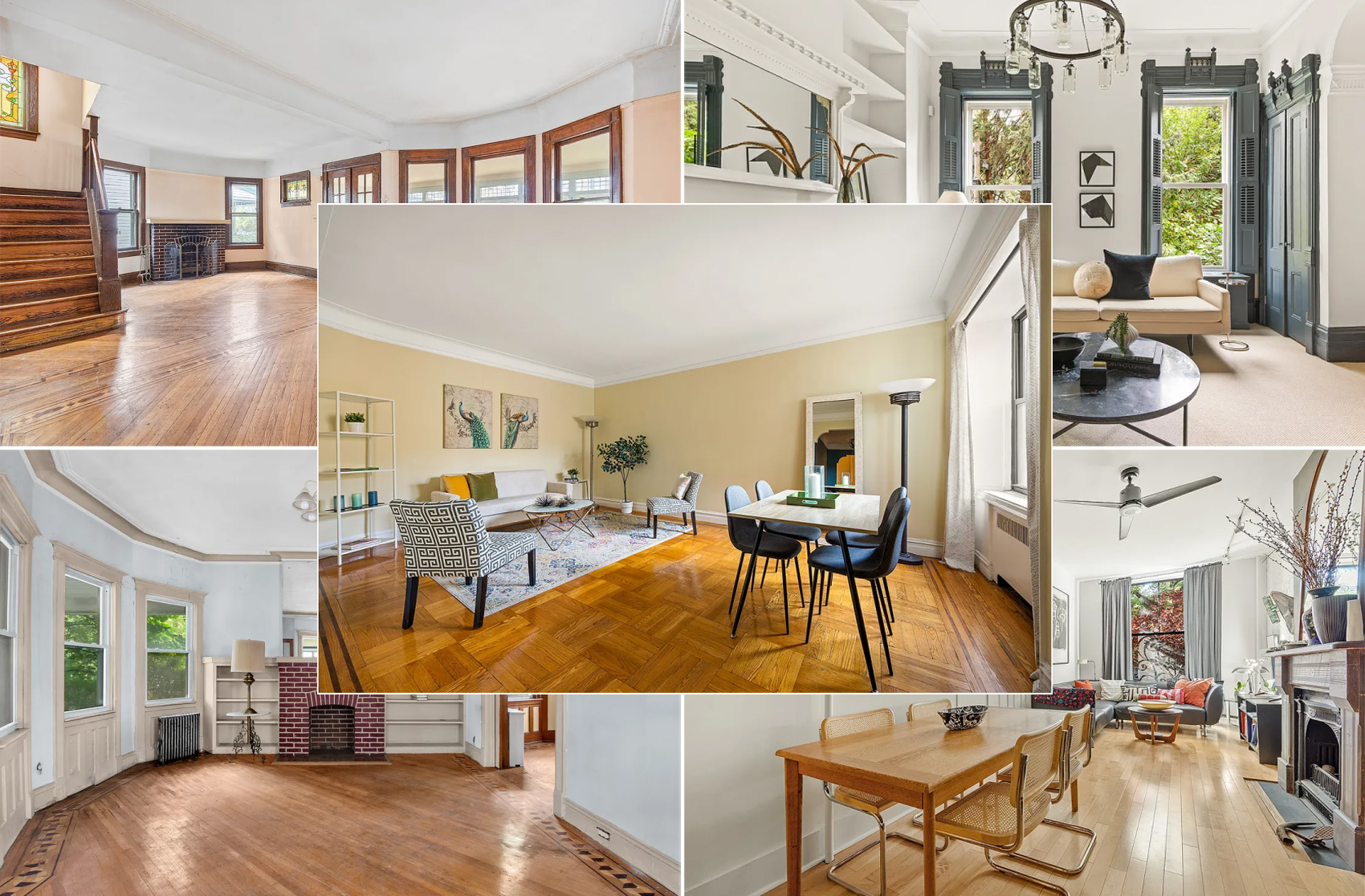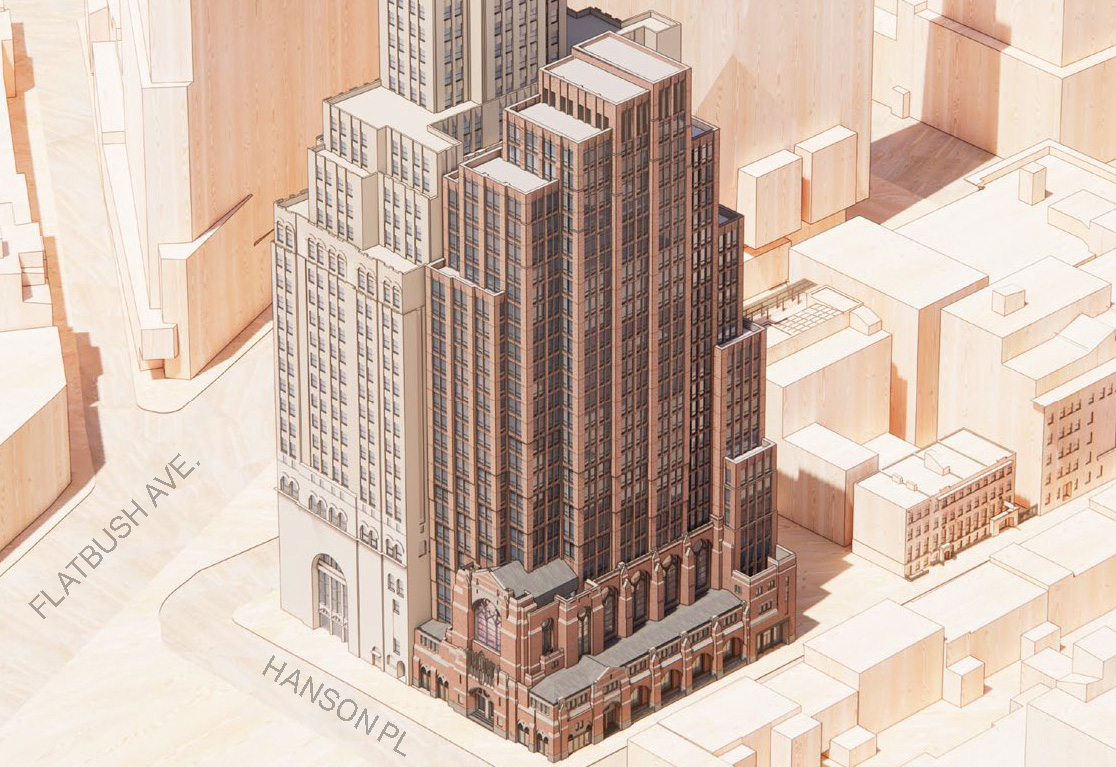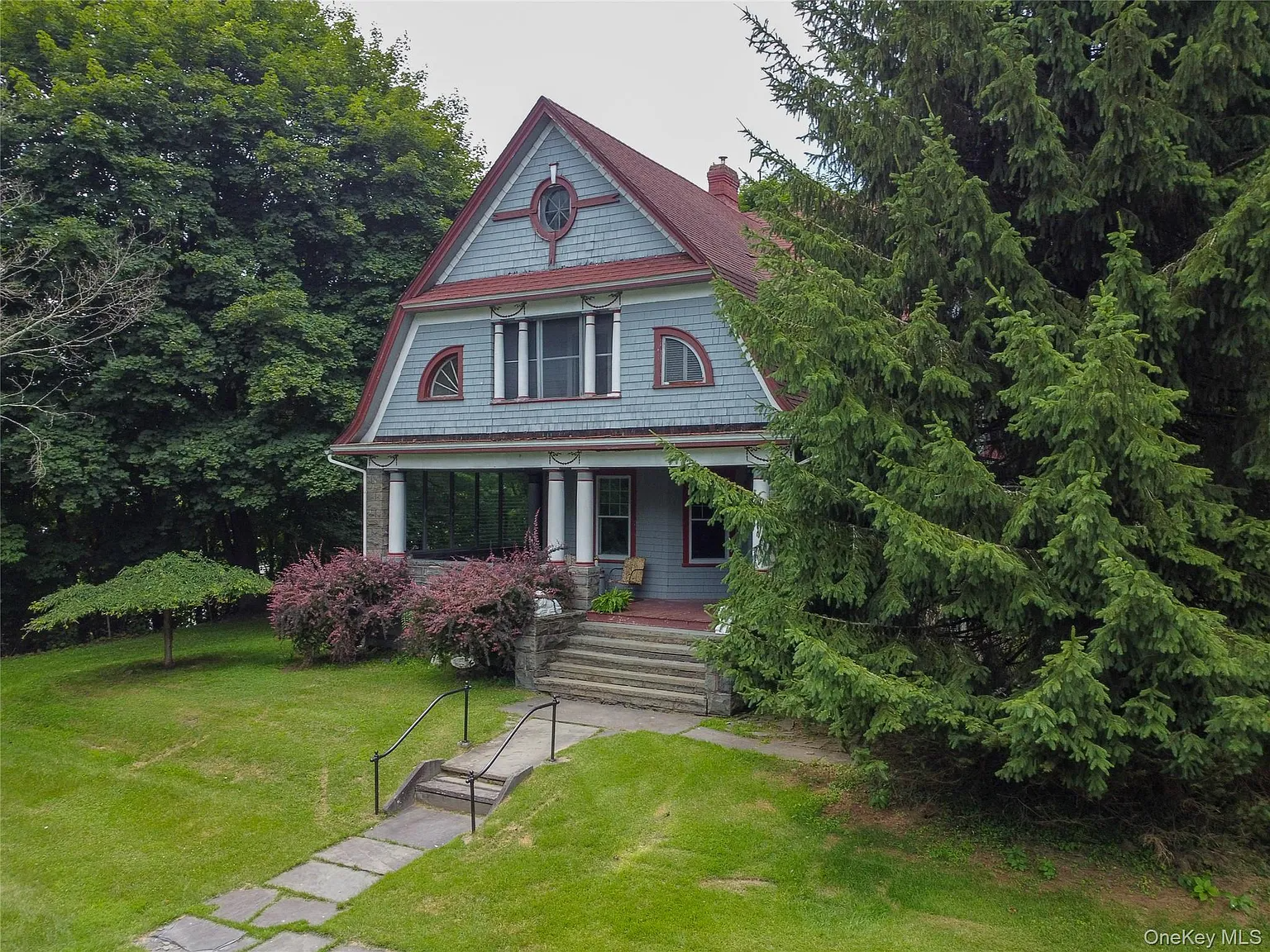AY Financial Projections: We Got 'Em
Well, it looks like the ESDC has in fact coughed up the financial projections for the Atlantic Yards project. We haven’t had time to go through them too closely, but at first glance they do not paint as profitable a picture as many opponents suspect, generating a mediocre IRR of 9.6 percent. The biggest thing…


Well, it looks like the ESDC has in fact coughed up the financial projections for the Atlantic Yards project. We haven’t had time to go through them too closely, but at first glance they do not paint as profitable a picture as many opponents suspect, generating a mediocre IRR of 9.6 percent. The biggest thing that jumps out at us is that they show that FRC is planning to sell off most of the pieces of the project in 2015. Either that, or they just needed to estimate a terminal value and that seemed as good a year as any. We’re sure others far more qualified to analyze this stuff will be able to offer more insightful analysis. We’ve provided links to the three documents below. Have fun.
1) AY Cash Flows Returns
2) Combined IRR
3) Nets Arena Cash Flows
Earlier coverage and discussion:
ESDC Forced to Cough Up Financial Docs on AY [Brownstoner]
And Norman Oder’s response…
ESDC-released Documents Lack Vital Information [AY Report]
Photo by threecee





what’s of real interest here is that the AY project is not considered a
“public benefit” but is very clearly a private developer using eminent domain for a private use project.
Probably the better discussion is what constitutes public good and who decides.
Ed, seriously..can ya give it a rest?
Shahn, I’d really like a chance to discuss this further with you in person. What say we grab a bite to eat somewhere this Saturday? Please email me at XOTigre@yahoo.com and we can decide where to go.
Wow, I guess a lot of people are just against this project regarless of anything. Too bad.
IRR (internal rate of return) is a financing, not accounting concept. It assumes huge borrowing (and huge interest) now and hopefully huge income in later years. Then it takes into account time value of money – it takes more that a $100 in 20 years to cover a loan of $100 taken now – a lot more. And then you will be just beaking even. To get 10% on an annual basis – every year – that means that huge inflows are really being forecast in the distant future. IRR is really the gold standard when you compare different projects with uneven cash flows over many years. And 10% is really good!
Now the rest of the arguments we have heard all along. DDDB is not authorized to represent me and in genereal – abstractly speaking Brooklyn and NYC belongs to everybody, specifically speaking – to the State. So in neither case does it belong to DDDB to decide what can be built there. Only in the case of human rights must everybody be satisfied, otherwise no one is. In the case of economic development rights, someone will always benefit instead of (note, not at the expense of) someone else. This development company was not created for the benefit of anyone else than its shareholders or owners. The State authorities, elected by all of us, do the rest.
Thank you.
It would seem these documents put the affordable housing component of AY in question since, if FCR is gone by 2015, their commitment to affordable housing goes with them. That’s because the Community Benefits Agreement does not automatically transfer to a new owner. Everything included in it would have to be renegotiated. Also, given that most of the residential component of AY is in the “eastern block” and won’t be begun before the 2nd phase, ie. starting in approx 2011, there appears to be the potential for the affordable housing to have disappeared BEFORE the construction has even been completed. Of course, if FCR does NOT sell, within the terms of the CBA, they can still renege on the affordable housing by paying a “penalty” of a measly $500,000 to Acorn — yup, 2,250 affordable housing units down the drain for the cost of a one-bedroom coop in the Slope. This story gets stranger by the day.
Yes, there should be profit to FRC, no question about it. But if it is inordinately large, then it is highly questionable if the project is truly benefiting the public to the degree that it should. Especially in view of the amount of public funds dedicated to this project.
Different interests will argue for the appropriateness of different degrees of profit to the developers.
I would like to see what people think on this subject. What do you think is the right amount of profit that Ratner should get? To me there has to be a reasonable limit.
Besides, if eminent domain can take property from an individual (for reasonable value) for the sake of the common good, then profits should also be limited for the sake of the common good. Let the people of Brooklyn profit.
What bothers me is the unchecked scale and height of the project. Miss Brooklyn is flat out ugly, and her 16 backup towers are even worse. This project is being foisted onto Brooklyn, and I don’t think people realize what we’re in for.
The arena is the lynchpin as they say, but if you take a drive down Atlantic from Vanderbilt to Flatbush, that is a LONG stretch. The arena is small in the larger scale of the project. The main experience of this thing is not going to be the arena (and this despite the Times Square style lights and billboards). It’s going to be several blocks of massive and bland towers in a largely low-rise neighborhood. What bothers me is the lack of checks and balances when it comes to design in Brooklyn and New York. Developers don’t care what their projects look like for the most part. Ratner has hired Gehry because people like him, not because he cares about design. Look at Ratner’s previous projects – ugly! And totally inappropriate for their context. Have you seen his Atlantic Terminal mall, right by the future site of his Arena? Where did that come from? A strip mall in middle America?
I understand if someone has the money, resources and political prowess to get something like this to happen, that it is impressive. But it’s also important for a project of unprecedented urban scale to be well designed! That means sensitivity to the existing environment, and a true dialog with the fabric there – not creating a massive bland wall of development.
@6:37 nice try but you have to APPLY for 421a tax abatement.